Back in December 2022, we published a feature detailing wildlife you might expect to encounter on Itinerary A – Beaches and Bays, which covers the southern/central area of the Galapagos.
The wildlife in the Galapagos, abundant, exotic and fearless as much of it is, is one of the things that puts this natural paradise on the map, and with that in mind we have curated two week-long itineraries that show off the best that the islands have to offer.
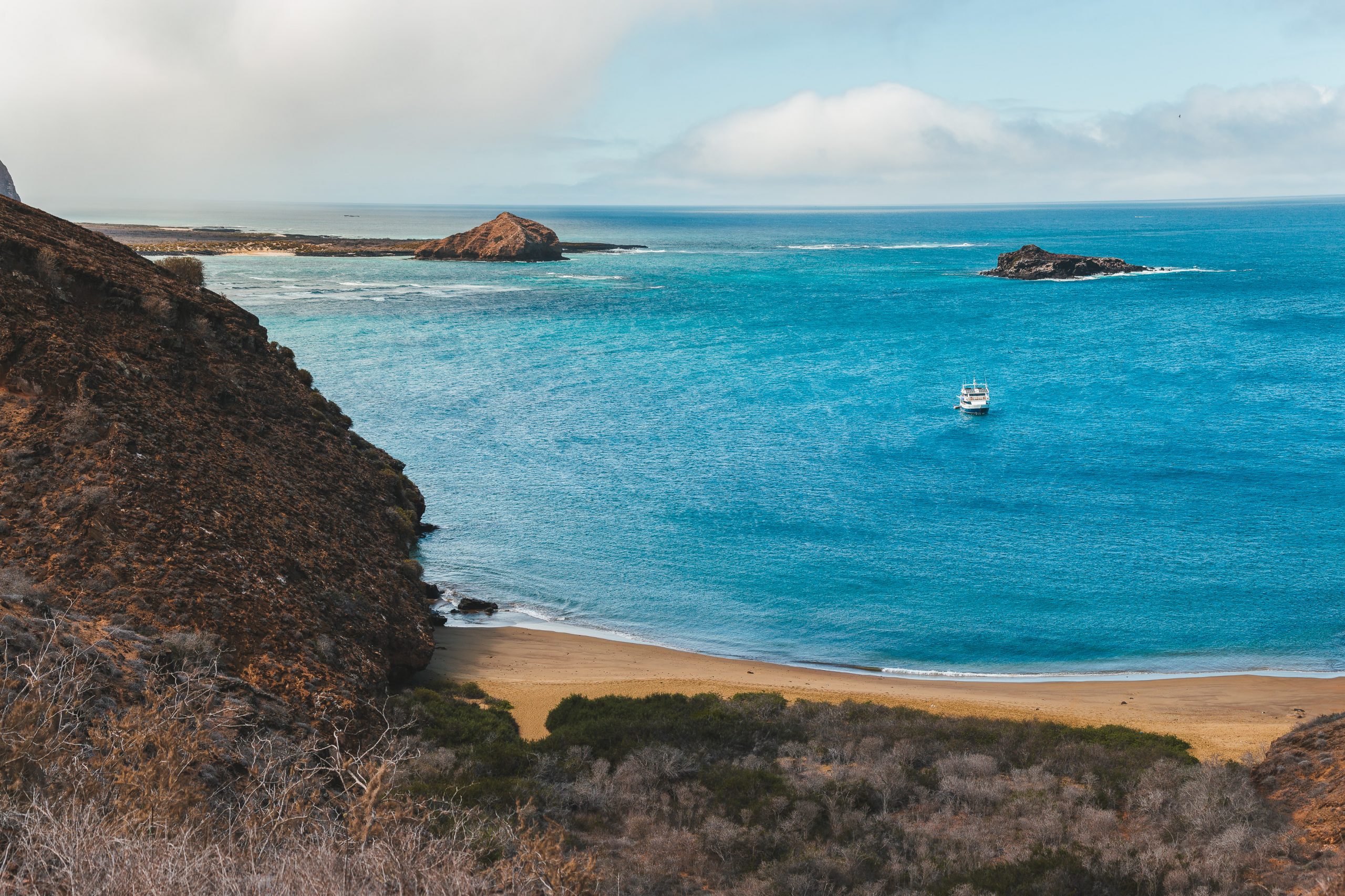
On either itinerary guests are guaranteed to come face to face with a dazzling array of creatures, and in fact the vast majority of the animals outlined can be spotted regularly on either itinerary, with the exception of just a few.
But for anyone planning on booking a trip, read on for some of the favorites you might spot, this time on Itinerary B – Volcanic Wonders – which follows a western/northern route exploring some of the further flung and less accessible islands in the archipelago.

The blue-eyed flightless cormorant is endemic to the Galapagos. As the heaviest cormorant species, it is also the only one out of 29 species that cannot fly. Its stunted wings restrict the cormorant to the northwestern coasts of Isabela and the east coast of Fernandina, but it is an adept swimmer and hunter of fish, eels and octopus. Couples engage in an elaborate courtship ritual involving twirling in a circle with necks intertwined. Keep your eyes open and you may spot them on the shores, or even under the water on hunting expeditions, although note you are only likely to spot these on Itinerary B.
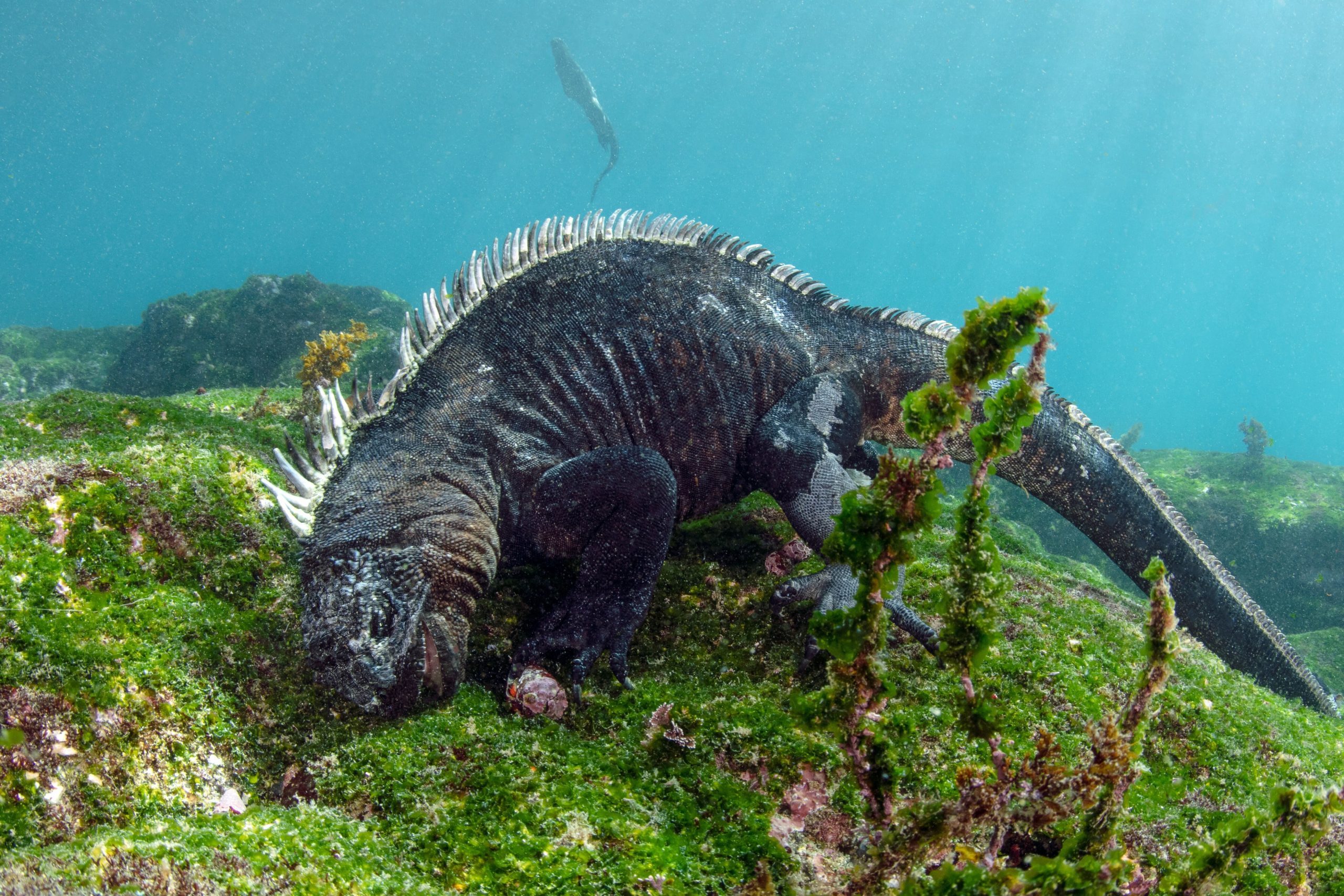
Marine iguana
Described by Charles Darwin as ‘Imps of Darkness’, the cool, calm marine iguana is endemic to the Galapagos and the only lizard able to live and forage at sea. They can grow up to five feet in length – with the largest found on Fernandina Island – and have evolved to become unique specialists; they are talented swimmers, can hold their breath for up to 60 minutes, feed almost solely on marine algae, and secrete salt crystals via sneezing to get rid of the large amounts of sodium they inevitably take in whilst underwater. A harmless herbivore, despite its daunting appearance, the marine iguana is a sun-worshipping, sociable creature, and one that visitors will regularly see sunbathing on the rocks.

Galapagos penguin
The cave-dwelling Galapagos penguin is the most northerly occurring penguin species in the world, and the only penguin found north of the equator. It is endemic to the islands, and a speedy underwater hunter that consumes small fish and mullet. Lucky guests may see the Galapagos penguin on Fernandina or the west coast of Isabela Island pottering clumsily along the shore, or, in a remarkable transformation, zipping with incredible agility beneath the waves as they search for food.

The gregarious red footed booby is the smallest of the three species of booby, with red legs and feet and advanced diving and flying skills. Unlike its blue footed and Nazca cousins, the red footed booby builds nests at the top of shrubs and trees. It can often be seen around Prince Philip’s Steps on the island of Genovesa and Punta Pitt on San Cristobal Island.
The handsome white Nazca booby is the largest of the three species, with black tail feathers, grey feet and an orange beak. As the Nazca booby rarely ventures far from the shore, you may be lucky to encounter him while exploring the coastline by kayak or stand-up paddleboard.
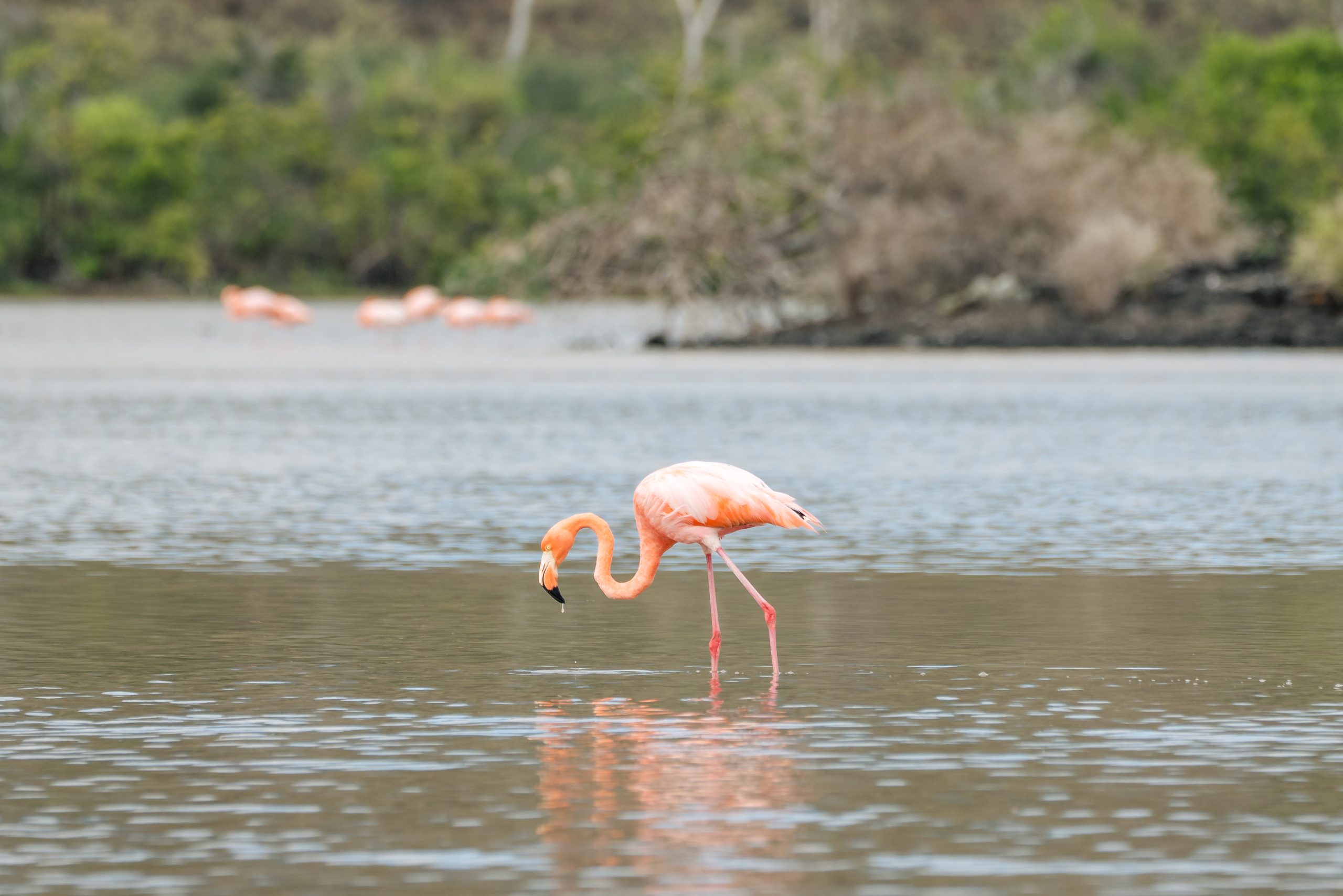
The Greater flamingo is a large and distinctive – i.e. bright pink! – bird with an extremely long neck and legs and a kinked bill. It feeds on krill, mollusks and crabs – it is the pigment contained within these tiny creatures that give the flamingos their defining pink coloring. Large colonies are found on many inland lakes across the islands, with a number having returned to nest on Rabida Island. There’s no way of telling males from females and males as they look identical – you may well spy them standing on one leg in the shallows to conserve energy.
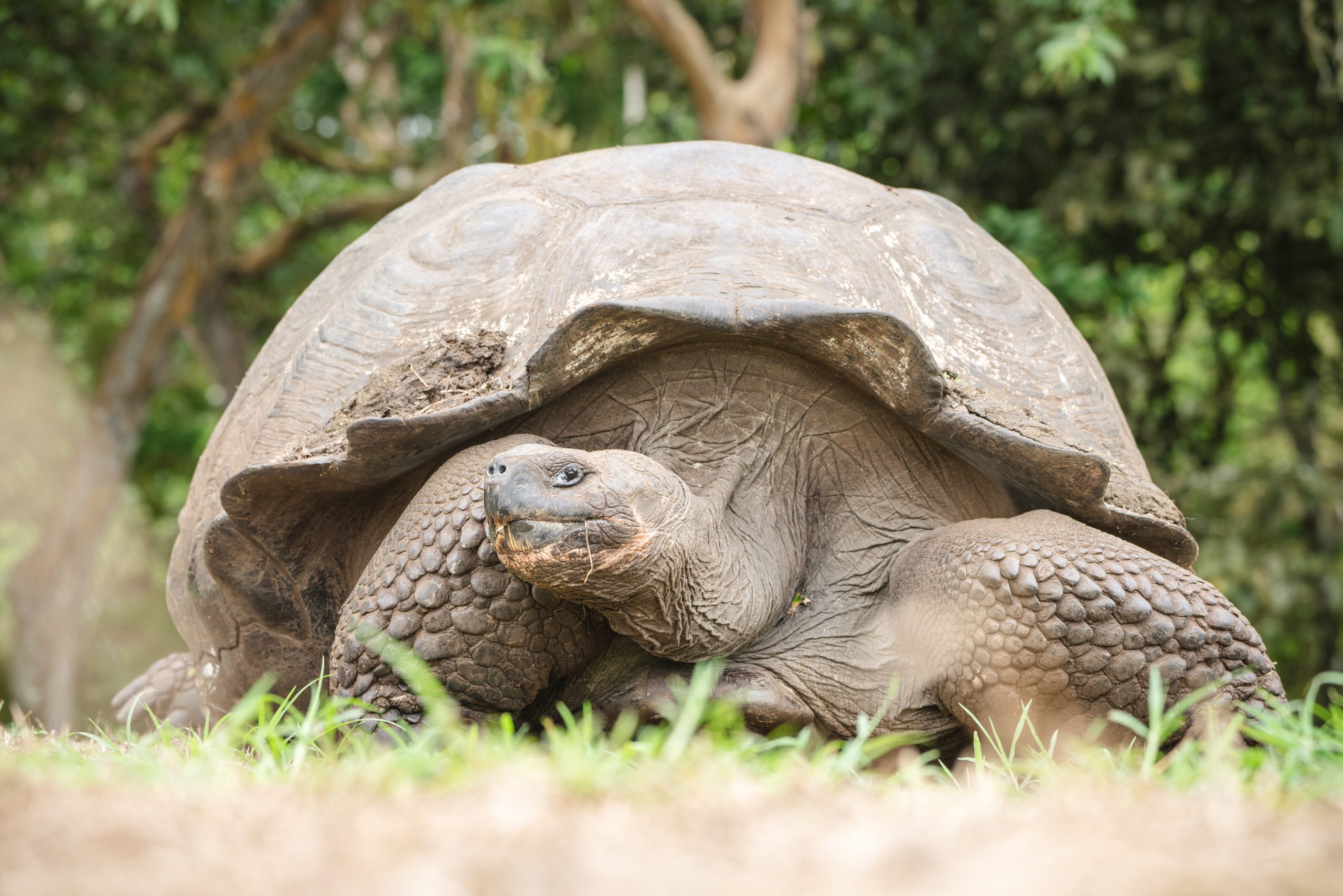
Giant tortoise
The Galapagos giant tortoise arrived in the islands from mainland South America 2-3 million years ago and is one of the most iconic residents of the Galapagos. Measuring up to 1.8 meters in length and weighing up to 400kg, the giant tortoise has a lifespan of up to 100 years and can grow to huge sizes. Twelve living species are thought to remain across ten islands in Galapagos, with these gentle creatures spending most of their lives resting or lumbering slowly through the undergrowth; they can survive for up to a year without food or water. Both itineraries visit a private tortoise ranch in the hills of inland Santa Cruz island, where tortoises roam free and wallow in shallow pools beneath the trees. Why not sponsor a tortoise to help protect these quintessential Galapagos creatures?
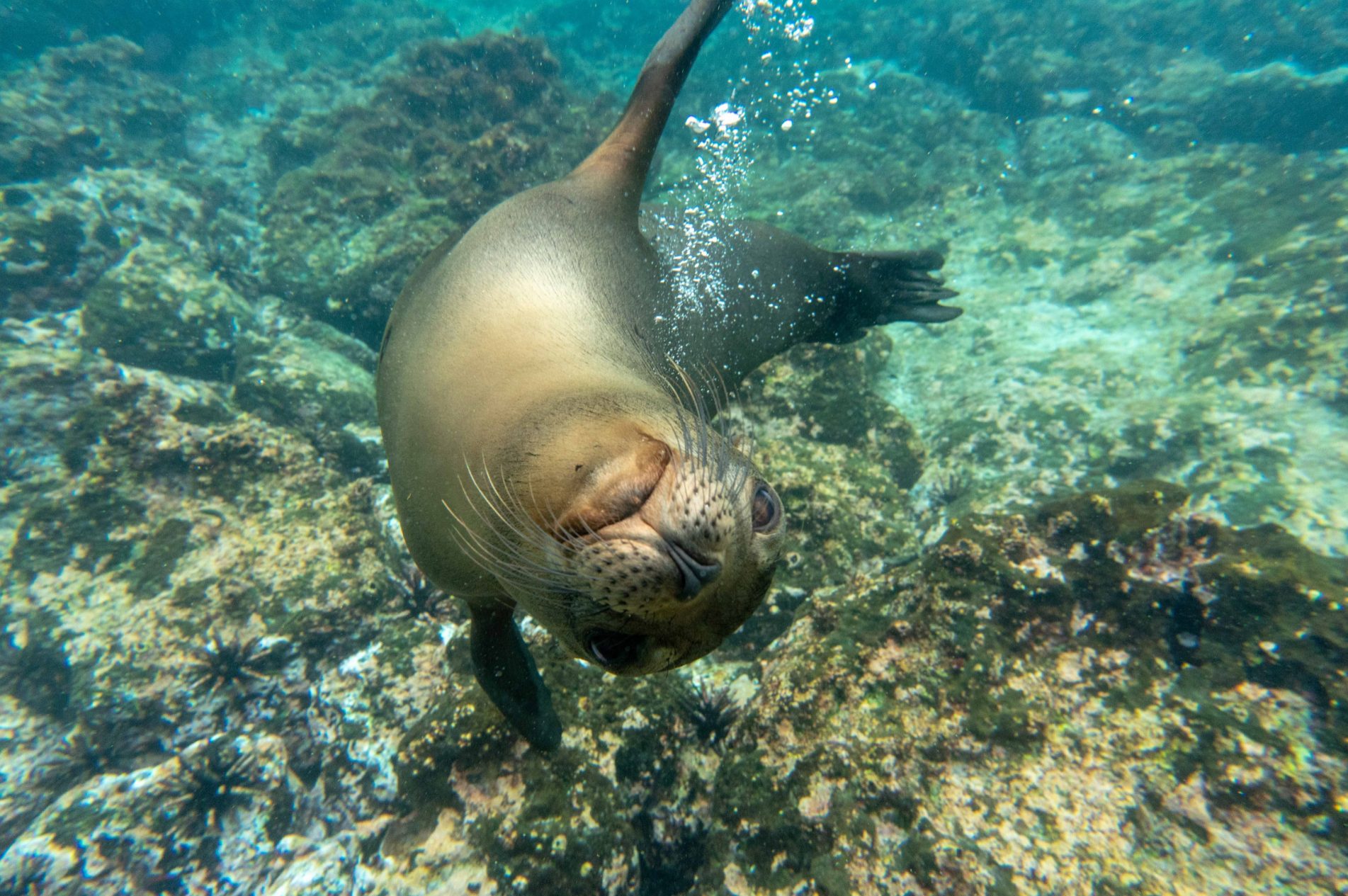
Sea lions
Of course, sealions are ubiquitous across the entire Galapagos archipelago – in fact, it is hard not to see these playful, acrobatic swimmers zipping around the depths on snorkelling trips, or watching them lounge lazily in the sun across the island’s delightfully sandy beaches.
Our private guides are experts at identifying the astonishing diversity of wildlife on excursions and outings during your voyage, including of course the remarkable birdlife that inhabits the Galapagos. Keep your eyes peeled for one of four species of Galapagos mockingbird, the Galapagos short eared owl, herons and hawks, pelicans and petrels – the list goes on, and on.
The range of marine life is equally extraordinary. Shoals of different species of vibrant tropical fish dart through the coral, sharing the ocean with whales and dolphins, sea turtles and rays, to name just a few!
So if you would like to book your own trip to see for yourself, get in touch with the team and we would be delighted to help!




